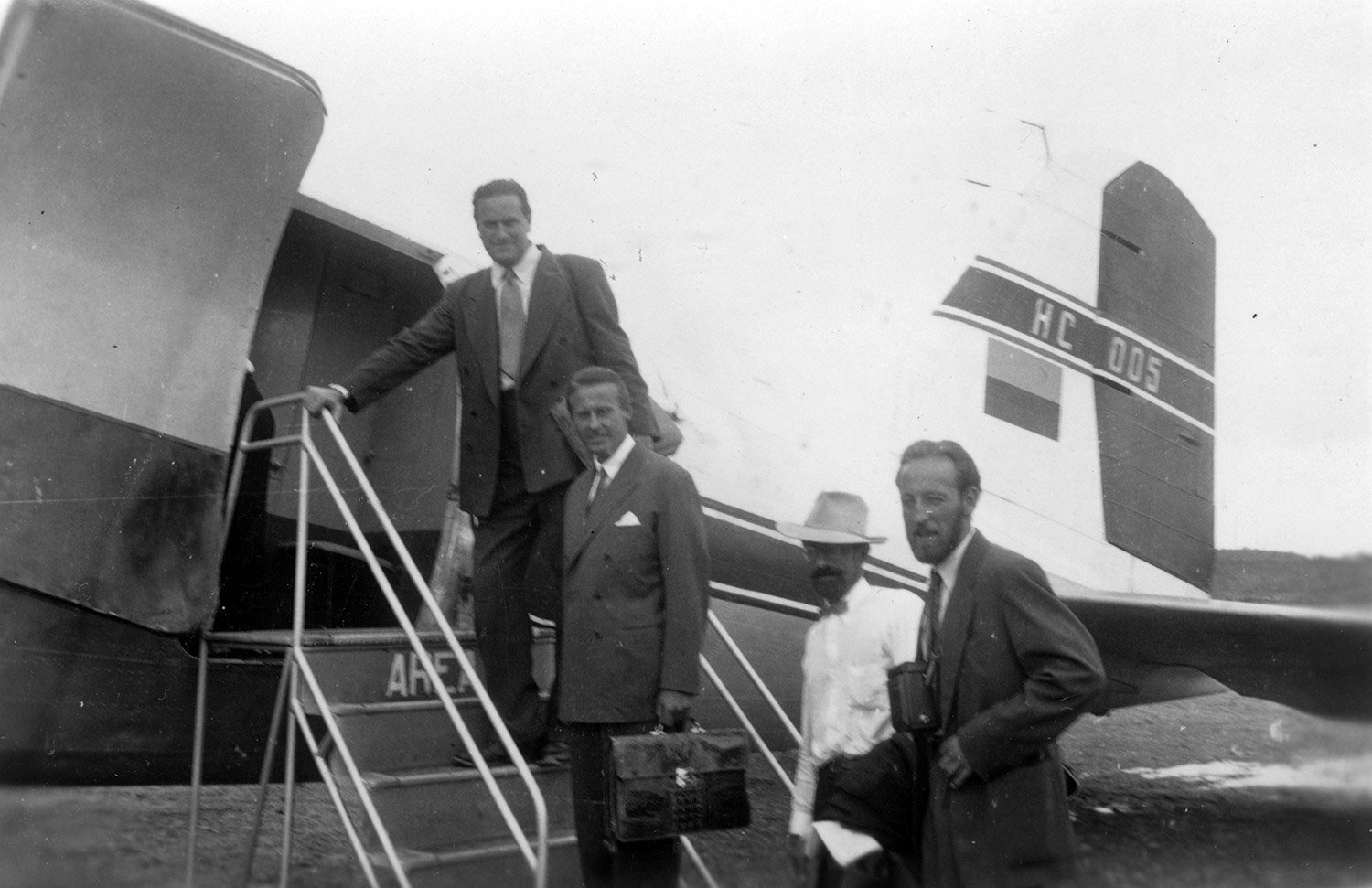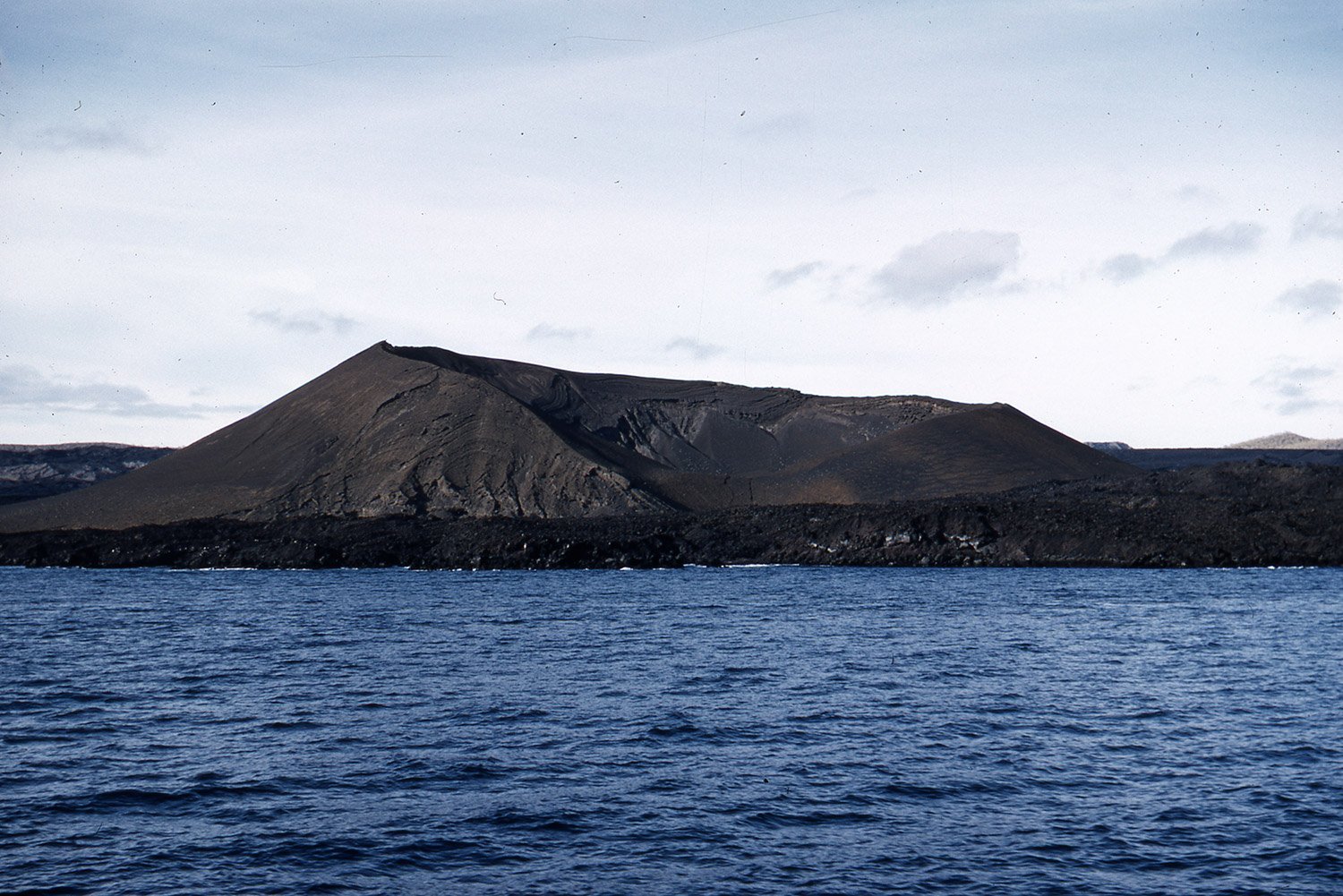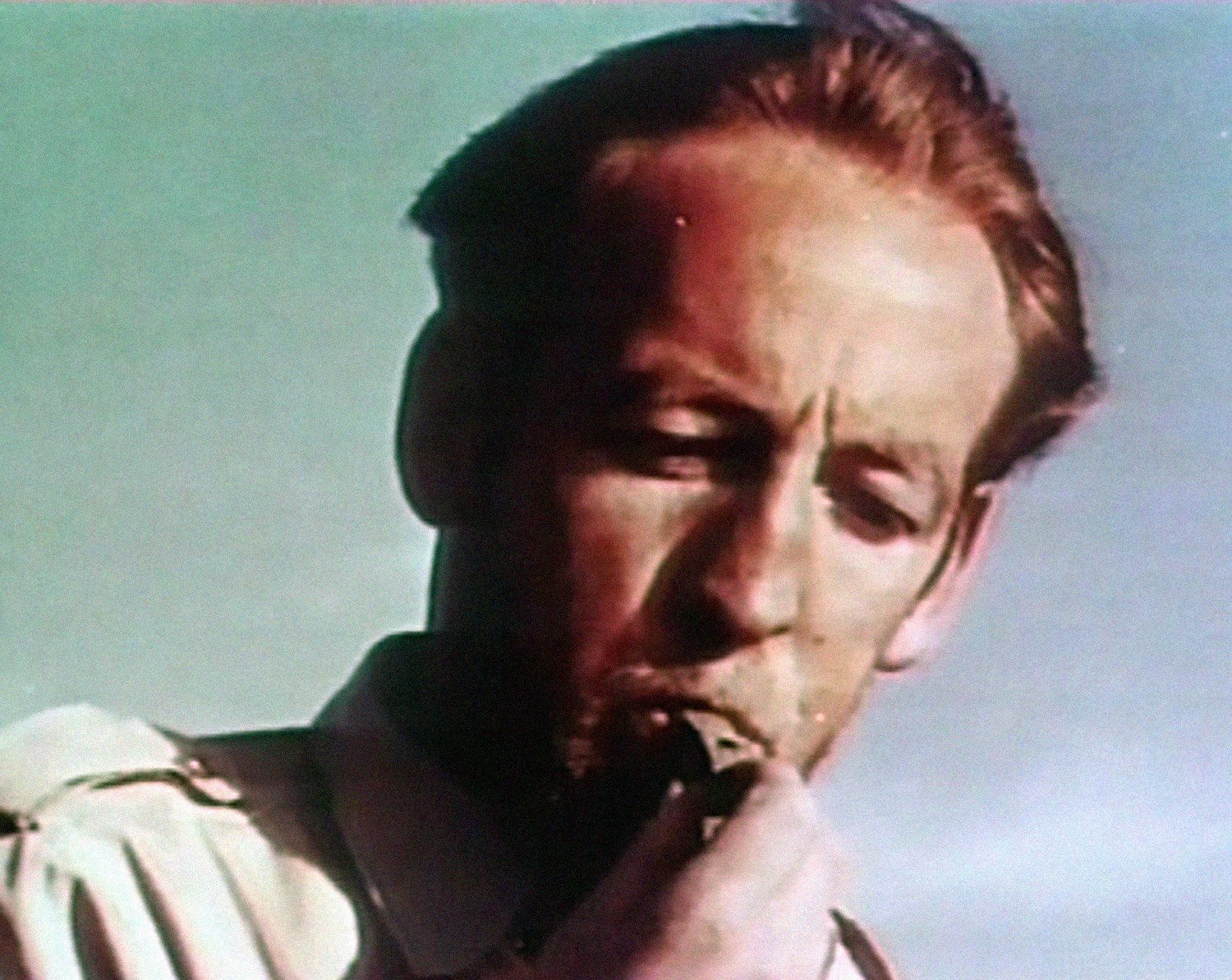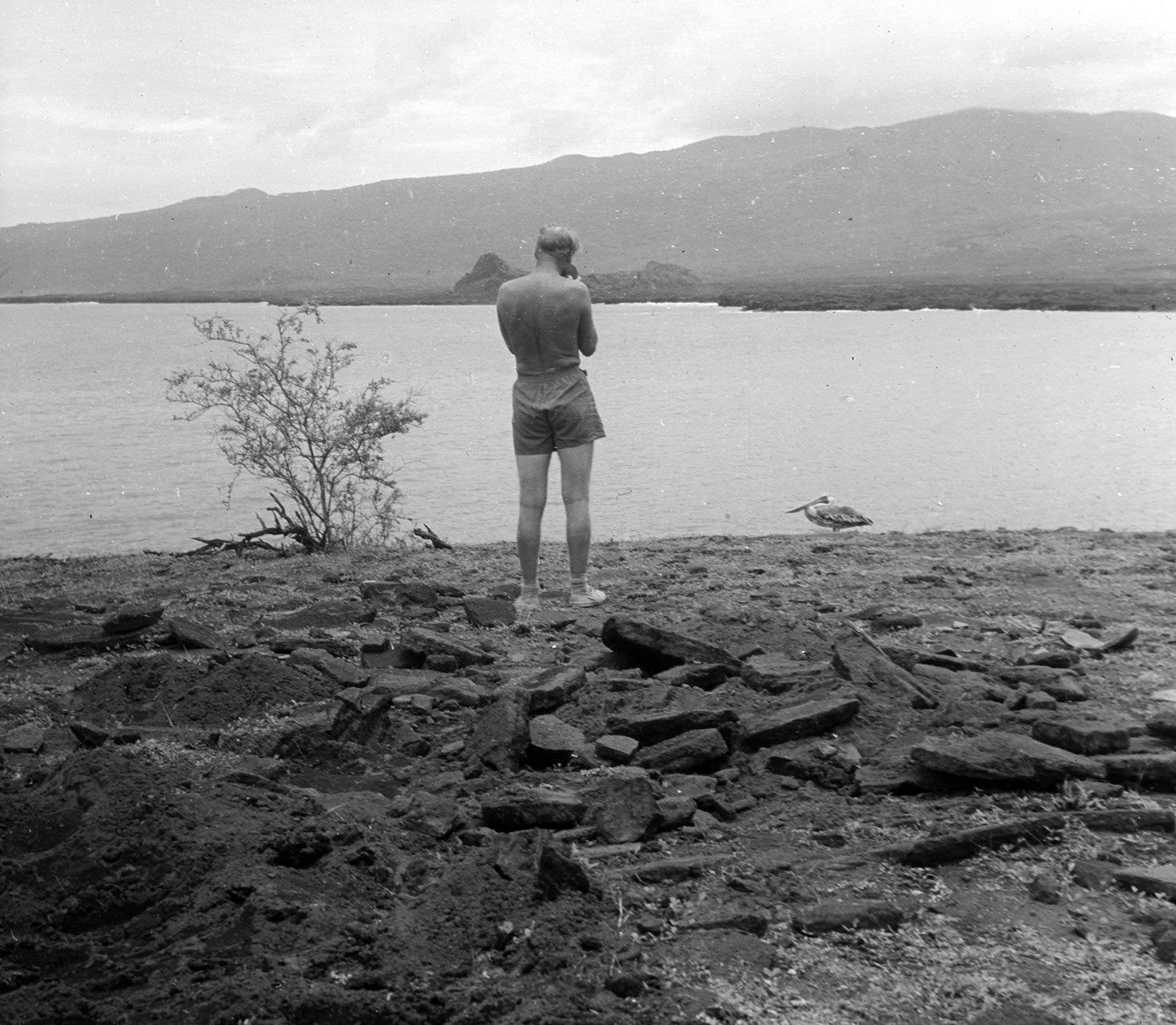Galápagos, 1953
The Kon-Tiki expedition ended in August 1947, and soon after Thor Heyerdahl began writing the scientific work that was to be called American Indians in the Pacific (1952).
In September 1952, Heyerdahl met his strongest critic, the ethnologist Alfred Metraux. The latter showed Thor a photograph of a stone statue located in the Galápagos Islands. It is similar to stone statues in South America and on Easter Island.
Heyerdahl contacted the Norwegian archaeologists Arne Skjølsvold and Erik Reed, and in January 1953 they traveled to the Galápagos Islands to examine the statue.
Once there, the expedition team made contact with German Heinz Wittmer and his family. He could show them the way to the stone statue.
The archaeologists quickly saw that the statue was of recent date, and Wittmer admitted that it was he himself who had made it, for his son. Had Alfred Metraux tried to deceive Thor Heyerdahl?






Wittmer then said that there might be some archaeological material in his chicken coop. The expedition team started digging there.
An Inca flute and many potsherds from prehistoric Ecuador are found. This led Heyerdahl, Reed and Skjølsvold to estimate the following: Indians from South America had – before the Spanish discovered the same continent – vessels that could sail in the open sea.
Documentary about the Galapagos expedition
In 1955, Thor Heyerdahl made a documentary film about the Galápagos expedition with help from the zoologist and film producer Per Høst. The music for the film was composed by Sune Waldimir Engström. Poster by Leif Henstad for Galapagos (1955).



